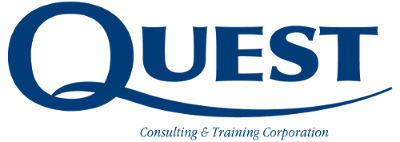Impact On The Organization
Customers have become far more discriminating about quality. To give them the quality they are demanding, companies must learn how to systematically control and limit process variation. This requires far stronger skills in data collection, analysis, and interpretation than many companies currently possess. Too many companies collect mountains of data, but don’t know how to use it to make quality decisions, act on those decisions, or assess the results of their actions. Companies that master these skills – and extend them widely throughout the organization – gain a powerful competitive advantage.
Learning Goals
- Understand how Statistical Process Control (SPC) techniques can help improve quality.
- Identify data that can improve processes, and collect that data properly.
- Understand the basics of sampling and statistical analysis.
- Construct charts and graphs to display data in a form that can be easily understood and acted upon.
- Prioritize issues or problems based on the data you collect.
Participants in this module are first shown how to diagram the flow of materials, paper, and decisions in your organization via the use of flow charts. As they clarify actual process flows, they will learn how to identify inefficiencies and inconsistencies, and assess which organizational processes might best benefit from the application of Statistical Process Control (SPC).
This module next introduces participants to SPC and its use in quality control. Participants will learn how quality can be defined, how variations can be studied, how to understand processes in depth, and how to link processes to a deep understanding of customer needs.
Participants will also master essential skills for collecting meaningful data. They will learn about variable and attribute data, random sampling, drawing and check sheets, line and bar charts, and scatter diagrams. Finally, they will explore the best ways to analyze and present the data they have collected. They will create pareto charts, and utilize statistical tools (such as histograms and control charts) that are designed to show normal and common cause variations in manufacturing processes.
Time Investment
Typically 8 hours
Customization
This program can be customized to reflect your organization’s procedures, policies, cases, examples, and terminology. Please inquire about these optional consulting services.
